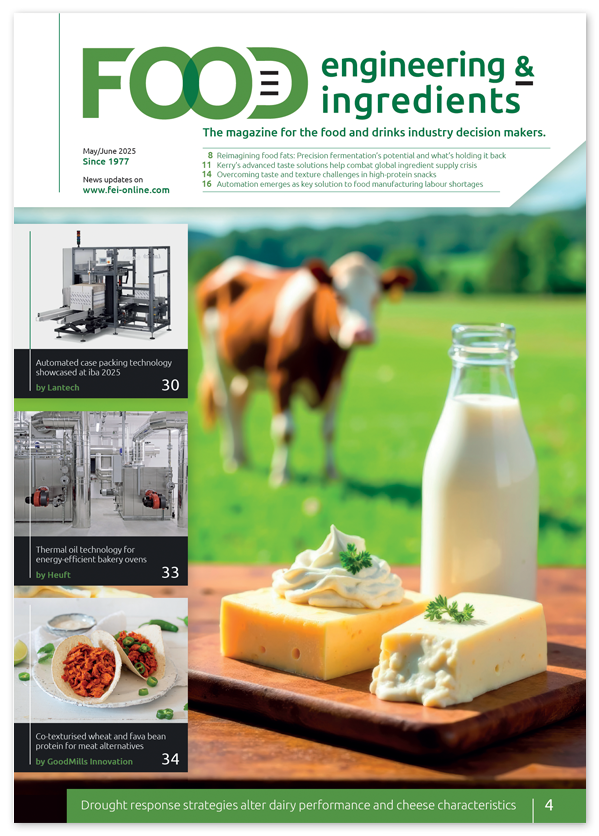Chemists create tests to detect presence of water- or food-borne bacteria
Borrowing concepts from medical diagnostic devices, Colorado State University chemists have created a simple, cheap set of handheld tests that can detect the presence of many water or food-borne pathogens. If applied in the field, such tests could greatly reduce the number of expensive follow-up tests needed to keep the food supply safe from fecal contamination.
The new testing systems are innovations from the lab of Chuck Henry, professor and chair of the Department of Chemistry.
For their study, Henry and colleagues targeted a broad class of bacteria known as fecal indicator bacteria (FIB), which cause the highest number of hospitalizations and deaths from food poisoning. A common culprit: the use of unsafe water to irrigate green vegetables like alfalfa sprouts, spinach and lettuce.
While federal regulations require regular testing of fruits and vegetables for contamination with fecal matter, standard processes could use improvement. Common techniques like immunoassays and polymerase chain reactions (PCR) work reasonably well, but they can lead to false positives and require expensive equipment. The gold standard for bacterial detection is a lab culture, but this can take up to 48 hours to complete.
Henry and colleagues went for accurate, simple and cheap. They made two types of tests that detect an enzyme associated with the FIB bacteria. The first is a small strip of paper treated with a substrate molecule that changes colour when it contacts the bacterial enzyme – similar to a home pregnancy test. The researchers envision a smart phone app could be coupled with the paper test.
We found that with filter paper, wax and a little bit of packing tape, we can do quite a bit of chemistry on here, Henry said. Thats about 2 cents worth of materials.
Their second test is electrochemical and consists of screen-printed carbon electrodes on transparent sheets, which indicate the same bacteria by being inserted into a reader. The setup is similar to a home glucometer.
The researchers ran tests of contaminated water from a nearby lagoon, as well as water contaminated with E. coli and Enterococcus faecalis that was used to wash clean alfalfa sprouts. Both tests detected the harmful bacteria within four to 12 hours.
They next want to build a mobile computing platform for their tests. Theyre working on a Raspberry Pi-based system that could perform kinetic measurements to detect changes in the bacteria levels over time, and automatically transmit the information to a cloud platform. The team is working with computer science researcher Sangmi Pallickara on these advances.
Henry explained that his labs new tests cant tell exactly which bacteria are present, but they can detect the broad class of FIB bacteria that are usually responsible for foodborne illness outbreaks or closed beaches during the summer. At this point, it is accurate but not specific, Henry said. This is the test that tells you that you need to do more tests.
Colorado State Universityhttp://tinyurl.com/yag7chc5

